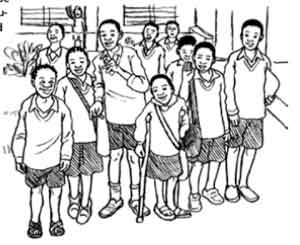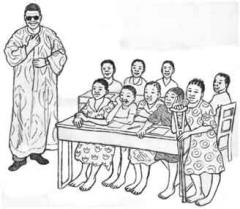Your progress
0%
complete

Primary education must be inclusive and accessible to all. No provider of public education can discriminate on the grounds of gender, ethnicity, language, religion, opinion, disability, or social and economic status. Primary education is a fundamental right, and the Convention on the Rights of Persons with Disabilities, Article 24, states that “… children with disabilities are not excluded from free and compulsory education…”
Primary education should be inclusive, provide quality education and equal access, and be available in the local community for children with disabilities.
Learn about how a community in Mali pushed for primary education for all children.


In the Douentza district of Mali, one of the poorest areas in the world, a local community began to prioritize education for their children. They wanted a school for their village with a curriculum that was relevant to local village life, which would prepare children for work and life in the community.
Donor agencies offered training and support and stipulated that the School Committee should include a woman who would be responsible for the enrolment of children with disabilities and girls. The community itself built the school with financial contributions from parents, promoting ownership and responsibility. A disability- specialist non-governmental organization raised awareness on disability issues and helped the school committee to identify children who could be enrolled. Some children needed tricycles, which were provided by the non-governmental organization. Local theatre and musicians’ groups also helped to raise awareness about girls’ and disabled children’s right to education.
The community leaders were surprised to find that there were quite a number of children with disabilities in their village and that the community itself could work with family members to help these children develop and be included. Previously, disability was not even considered a problem since the community did not know there could be solutions.
Initially, the community members and teachers were sceptical about including children with disabilities. The local programme manager said that a strong commitment has to be maintained over time to promote inclusion. “To begin with we had the commitment to include disabled children, but we did not really believe that they could be in school. Now we have seen for ourselves and we have moved from commitment to conviction!” Through collaboration between families, the community, disability agencies and international development agencies, inclusion is possible even in situations of extreme poverty.